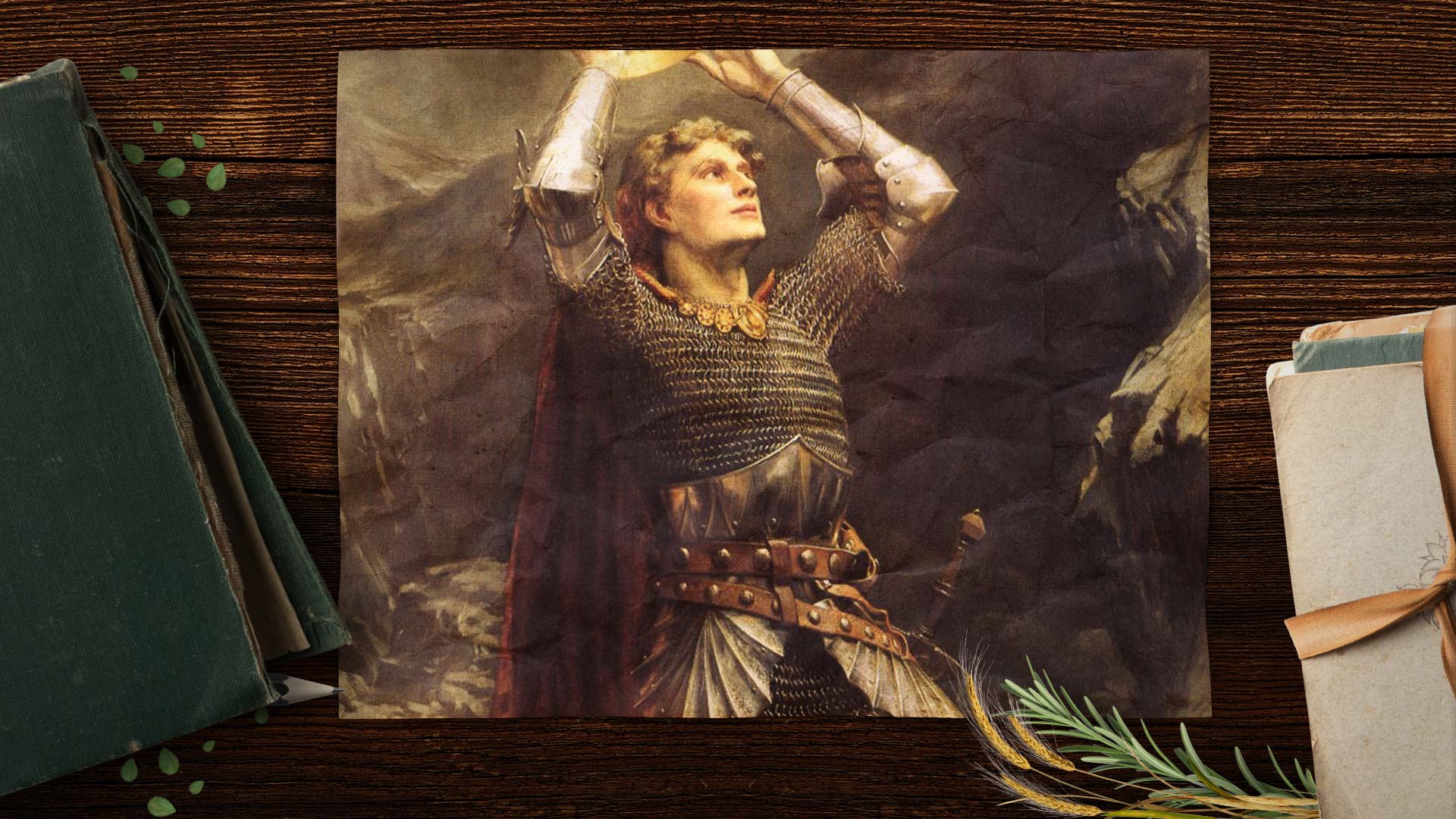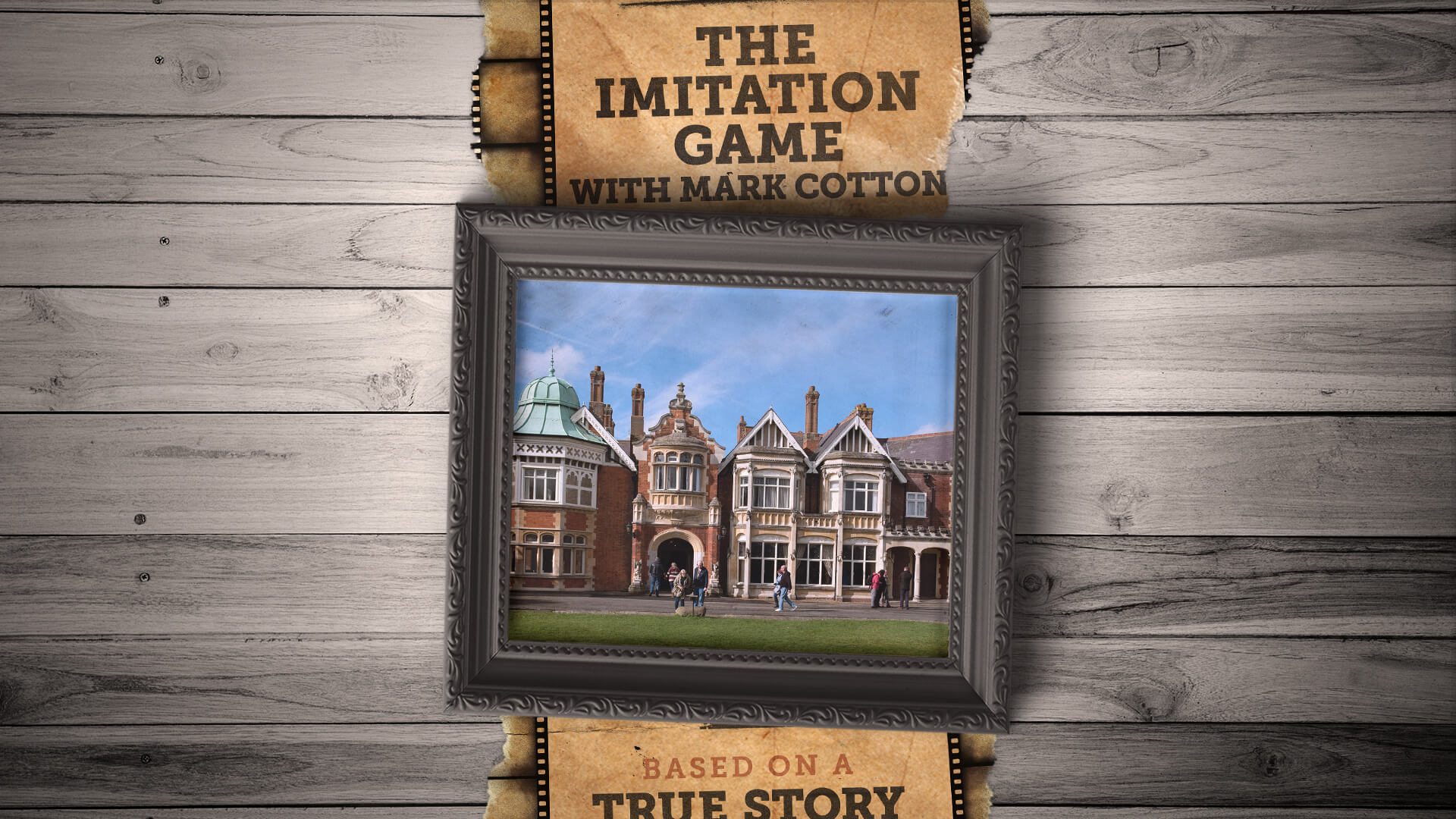In this episode, we’ll learn about historical events that happened this week in history as they were depicted in these movies: United 93, A Star-Spangled Story, and Frida.
Did you enjoy this episode? Help support the next one!
Disclaimer: Dan LeFebvre and/or Based on a True Story may earn commissions from qualifying purchases through our links on this page.
Transcript
Note: This transcript is automatically generated. There will be mistakes, so please don’t use them for quotes. It is provided for reference use to find things better in the audio.
September 11, 2001. Herndon, Virginia.
There’s some text on the screen to tell us we’re at the National Air Traffic Control Center in Herndon, Virginia. The camera follows a man into a room filled with screens and people—it looks a lot like what you’d expect an air traffic control center to look like.
As the man walks into the room, there are some claps and we can hear someone saying, “Congratulations on the promotion, Ben!”
That’s how we know the man is Ben Sliney. Others continue to clap or offer a congratulatory handshake as he makes his way further into the room. He smiles, thanking them, says “good morning” and jokes that he’s glad everyone is awake.
Standing in front of a bank of monitors, Ben talks to some of the other guys about the current situation. One of them says there’s a small system in the southwest, nothing much too big. Another system moved off to the east, so we have clear skies. Ben replies to the weather report saying that’s good, it’ll be a good day on the east coast.
The other guy points to something on the monitor. They can all see what it is, but from the angle the camera is facing Ben Sliney, we can’t see the monitor. But we don’t really have to, because the guy explains that the President is going to be moving to Andrews, so we’ll have restrictions in place around that. Pretty much standard ops. Ben doesn’t take his eyes off the monitor as he nods his approval.
Then, he smiles, and thanks them for their reports. They go back to work while Ben moves onto another area of the room. He looks at the monitors. Everything seems to be pointing to just another day.
The true story behind that scene in the movie United 93
That segment comes from the movie United 93 and it’s depicting an event that took place 22 years ago this week. And while the way it started may have seemed like it was going to be just another day, as I’m sure you already know, September 11th, 2001, was not just another day.
The movie was correct to suggest the President traveling to Andrews, referring to Andrews Air Force Base just outside Washington, D.C., where then-President George W. Bush was flying in from Offutt Air Force Base in Nebraska.
And the movie was also correct to show a reason for Ben Sliney to be congratulated when he entered the room that day. September 11, 2001, just happened to be Ben Sliney’s very first day as the FAA’s National Operations Manager.
While the scene I just described takes place in Virginia that’s just because that’s where the control center is based. Officially known as the Air Traffic Control System Command Center for the Federal Aviation Administration, but since the government loves its acronyms that’s the FAA’s ATCSCC.
What we didn’t talk about in this segment were the four planes hijacked that morning. American Airlines Flight 11 hit the North Tower of the World Trade Center in New York City. United Airlines Flight 175 struck the South Tower of the World Trade Center. American Airlines Flight 77 hit the Pentagon in Washington D.C.
The fourth plane was a little different, though, because it didn’t hit the hijacker’s intended target.
After it was hijacked, United Airlines Flight 93 was headed toward Washington D.C. with an intended target of crashing into the U.S. Capitol building. But the passengers on United 93 revolted against the hijackers, and the plane crashed in a field near Stonycreek Township in Pennsylvania.
During the course of his first day as National Operations Manager for the FAA on September 11th, 2001, Ben Sliney made the decision to land every plane in the air over the United States. That was the first time in U.S. history that’s ever happened.
Oh, and in the movie, Ben Sliney is played by…well, Ben Sliney. That’s right, the real person played himself in the movie.
Obviously, there’s a lot more to the true story.
We started our segment today at about seven minutes and 46 seconds into the 2006 movie called United 93, but really the movie begins with the events on September 11th and the whole movie depicts events throughout the day.
So, if you want to learn more about the true story, after you see the movie check out episode #113 of Based on a True Story where we covered that movie.
September 14, 1814. Baltimore, Maryland.
The sky is gray and dreary. It almost looks like fog or some mist. In the foreground, a massive American flag riddled with holes is flapping in the wind.
The camera cuts to three men now. One of them is wearing a uniform, but he’s more in the background. The focus is on one of the two men not in military uniform—in particular, one of the men seems to be pacing around nervously as he’s looking off in the foggy, gray distance.
With a slightly different camera angle now, we can see the three men are standing on the deck of a ship. The pacing man is running his hand through his hair now, as he continues to look off frame.
The camera cuts further away now, and we can see there are four ships. The closest one fires its cannons, followed by another blast from one of the ships further in the distance. Now the camera cuts back to the American flag flapping in the hazy sky.
The true story behind that scene in the movie A Star-Spangled Story
That sequence comes from a documentary called A Star-Spangled Story: Battle for America, and it tells the story of an event that happened this week in history when Francis Scott Key wrote a poem called, “The Defence of Fort M’Henry.”
Except you probably know it by another name: “The Star-Spangled Banner.”
Francis Scott Key is the guy who I mentioned pacing and running his hands through his hair in the movie. In the true story, Key was a lawyer who went to the British along with another man named Colonel John Stuart Skinner to ask for the release of Key’s friend who had been captured by the British in late August.
Key and Skinner took a ship out to the British fleet that was near the city of Baltimore, Maryland. While they successfully negotiated for the release of Key’s friend, a man named Dr. William Beanes, the timing wasn’t great because the British were just about to launch an attack on Baltimore.
So, Key, Skinner, and Beanes were forced to watch as the British unleashed a 25-hour long bombardment on the American soldiers at Fort McHenry. At dawn on September 14th, Key saw the huge American flag flying over Fort McHenry and started writing the poem. He didn’t write it all that day, though.
He jotted down a few lines, then completed it a few days later after the three men, Key, Skinner, and Beanes, were released from the British fleet. Most people are only familiar with the first verse of the poem that would go on to become “The Star-Spangled Banner.” Francis Scott Key wrote four verses:
O! say can you see, by the dawn’s early light,
What so proudly we hail’d at the twilight’s last gleaming,
Whose broad stripes and bright stars through the perilous fight,
O’er the ramparts we watch’d, were so gallantly streaming?
And the rockets’ red glare, the bombs bursting in air,
Gave proof through the night that our flag was still there —
O! say, does that star-spangled banner yet wave
O’er the land of the free, and the home of the brave?
On the shore, dimly seen through the mists of the deep,
Where the foe’s haughty host in dread silence reposes,
What is that which the breeze o’er the towering steep,
As it fitfully blows, half conceals, half discloses?
Now it catches the gleam of the morning’s first beam,
In full glory reflected now shines on the stream —
‘Tis the star-spangled banner, O! long may it wave
O’er the land of the free, and the home of the brave.
And where is that band who so vauntingly swore
That the havock of war and the battle’s confusion
A home and a country should leave us no more?
Their blood has wash’d out their foul foot-steps’ pollution,
No refuge could save the hireling and slave,
From the terror of flight or the gloom of the grave;
And the star-spangled banner in triumph doth wave
O’er the land of the free, and the home of the brave.
O! thus be it ever when freemen shall stand
Between their lov’d home, and the war’s desolation,
Blest with vict’ry and peace, may the heav’n-rescued land
Praise the power that hath made and preserv’d us a nation!
Then conquer we must, when our cause it is just,
And this be our motto — “In God is our trust!”
And the star-spangled banner in triumph shall wave
O’er the land of the free, and the home of the brave.
Key’s poem, “The Defence of Fort M’Henry,” was published almost immediately along a notation that it goes to the tune of a popular British song written by John Stafford Smith called “Anacreon in Heaven.”
That was the official song of a club of amateur musicians in London called the Anacreontic Society.
Together, the words from “The Defence of Fort M’Henry” along with the tune of “Anacreon in Heaven” combined to become “The Star-Spangled Banner,” which was an immediate hit in America. It wasn’t for over a hundred years, in 1931, that “The Star-Spangled Banner” was officially adopted as the national anthem of the United States.
So, now you know the phrase “by dawn’s early light” in “The Star-Spangled Banner” is talking about this week in history: The dawn of September 14th, 1814.
If you want to learn more about the true story, check out the documentary from the Smithsonian called A Star-Spangled Story: Battle for America. We started our segment at about ten minutes in, but as you can tell from the title the whole thing is about the story of the song so this is a good week to watch it all!
September 17, 1925. Mexico City, Mexico.
The streets are crowded with people. The movie is focusing on two young people in the crowd. She gets sidetracked by one of the vendors on the street. He calls to her, “Frida, come on!” Putting his arm around her, the two continue making their way through the crowd on the street. They’re both dressed nicely, as if some sort of a school uniform.
In the next shot, young Frida is running along the sidewalk. “It’s the bus!” She yells as she runs. We can see a bus—but in the 1920s, this bus looks more like a modified truck with room for people to sit in the back—driving along the road. The boy, Alejandro, assures her they’ll catch the next one.
She keeps running, “No, no!” He runs after her as the two run through the street, almost getting hit by a car, running down the bus. A moment later, and it works. They catch up to the bus and climb aboard.
Once on the bus, the two continue the conversation they were having. Frida sits down on a bench. Then, a lady with a baby is there and Frida gives up her seat for them. Alejandro and Frida continue their conversation, talking about something political or apolitical—Alejandro talks about Marx and Hegel, so maybe they’re referring to Karl Marx and Georg Hegel. They both are standing along with others on the bus, holding onto a bar for stability like you’d expect on a bus even today.
Frida doesn’t seem interested in the conversation about Marx and Hegel and gets sidetracked by someone else on the bus and the theater props they’re carrying.
Just then, the bus driver tries to swerve. Through the window of the bus we can see what looks like a trolley ramming into the side of the bus. The trolley seems to continue pushing the bus until it hits a wall, throwing glass and everyone inside the bus all over the place. The camera fades to black before coming back to show Frida lying there, bloody and obviously badly hurt from the accident.
The true story behind that scene in the movie Frida
That is how the 2002 movie simply called Frida depicts an event that happened this week in history on September 17th, 1925. That’s when Frida Kahlo’s life was forever changed in a bus accident that left her severely injured.
Of course, today, we know of Frida as an artist. At the time of the accident, Frida was only 18-years-old and art wasn’t what she was wanting to do with her life.
One of the reasons we see the Frida and Alejandro wearing what looks like a school uniform is because the real reason the two schoolmates and friends were in Mexico City that day was because that’s where they went to school. But they lived about an hour away in Coyoacan, so that’s why they were taking the bus each way.
That day seemed like nothing out of the ordinary for the two.
And the movie was also correct to show the crash being the result of a trolley car. It was traveling full speed when the bus turned around the corner and there wasn’t enough time to get out of the way. The trolley slammed into the bus, crushing it and anyone inside against the street corner.
While we don’t really see this happening in the movie, there was a metal rod that ripped through Frida during the crash. Afterward, a nearby pedestrian trying to help people in the crash saw the rod sticking out of Frida and tried to remove it only to cries so loud that Alejandro would later recall no one could hear the ambulance siren because of Frida’s cries.
For months, Frida Kahlo was confined to bed while her body healed. During that timeframe, she turned to art. Her parents put a mirror on her bed so she could paint herself. She started painting more and more, something that helped her cope with the loneliness of being, well, alone in a bed for months on end.
By the time she was able to leave the bed, her life had changed. She was on the path to become an artist known for putting her own personal trauma and pain into her art. That openness was one of the key characteristics of Frida’s artwork, something that was unique at the time as most women artists in the early 20th century didn’t put their own hardships into their art. Frida’s artwork was the opposite of that. She didn’t hide what was difficult or painful as many women were forced to do. Instead, she put herself on display through her paintings in a very real way, in a way that was groundbreaking at the time and something we remember her for today.
If you want to see the event that happened this week in history and changed the artist’s life at a young age, check out the 2002 movie Frida. We started our segment at about eight minutes and 30 seconds into the movie just before the bus crash.
Share this:
- Click to share on Twitter (Opens in new window)
- Click to share on Facebook (Opens in new window)
- Click to share on Reddit (Opens in new window)
- Click to share on Pocket (Opens in new window)
- Click to share on LinkedIn (Opens in new window)
- Click to share on WhatsApp (Opens in new window)
- Click to share on Telegram (Opens in new window)
- Click to email a link to a friend (Opens in new window)
- Click to print (Opens in new window)



